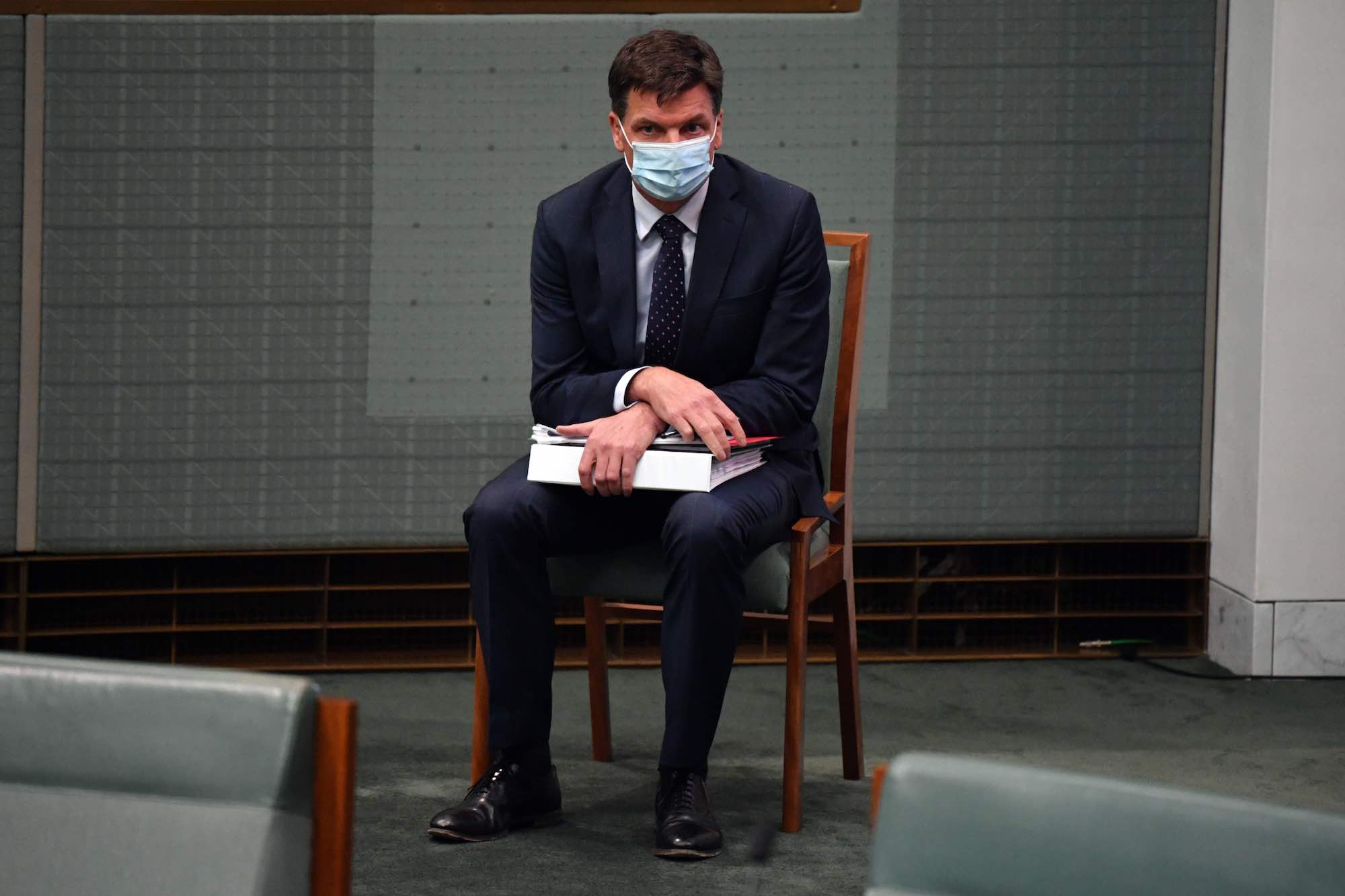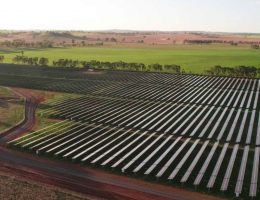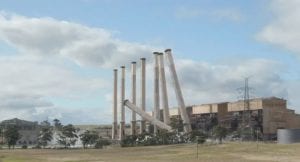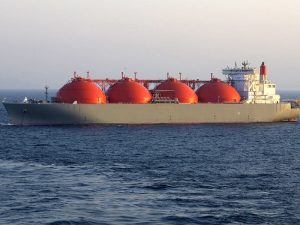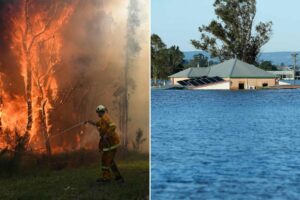Weeks out from major international climate talks, two of Australia’s biggest climate recalcitrants have performed backflips worthy of an Olympic gymnastic event, with Murdoch papers and the Business Council of Australia now embracing the need for urgent climate action.
But it appears this may not be enough to sway a monster of their own making: a federal energy minister and cabinet dead-set on growing Australia’s gas industry in the face of overwhelming evidence about the climate emergency and the enormous economic opportunities of embracing a green transition.
Over the weekend, the Business Council of Australia unveiled its vision for achieving a net-zero economy, suggesting that Australian businesses would be better off and more jobs created by Australia embracing a path to decarbonisation.
“The best thing we can do for workers and for regional communities is to avoid playing costly and damaging catchup with a plan to prepare for inevitable change,” Business Council chief executive Jennifer Westacott said.
But it was the BCA, of course, that had such an impact on the climate policy in the 2019 federal election campaign and labelled the Labor opposition’s then 45 per cent target by 2030 as an “economy wrecking target”. The BCA says it now wants to target a 46-50 per cent cut by 2030.
Its intervention gave cover for the Morrison government to run a scare campaign around Labor’s target – a target that now seems reasonably unambitious, rather than “economy wrecking” – contributing to the ongoing shambles that has been Australian climate and energy policy.
This was amplified by the Murdoch media, which has now launched an extraordinary campaign of its own, calling for a net zero target by 2050 and – without so much as a blush – a balanced debate.
There is no doubt that the 2019 attack levelled by the Business Council contributed to a decision by federal Labor to abandon its 2030 emissions target. Labor still lacks a specific interim emissions target and this fact weakens its critiques of the Morrison government’s 26 to 28 per cent commitment.
To achieve its new 2030 target, the Business Council called for a strengthening of the Safeguard Mechanism – a policy that has been designed and implemented by the Coalition government – to steadily reduce the emissions caps imposed on industrial emitters.
The proposal would see the Safeguard Mechanism operate akin to a ‘baseline and credit’ scheme – a form of emissions trading scheme – by drawing upon features of the mechanism’s existing design; again, features that have been put in place by the Coalition government.
Perplexingly and extraordinarily, rather than embracing the Business Council’s support for a Coalition policy, federal energy and emissions reductions minister Angus Taylor attacked the plan, labelling it a carbon tax.
“Our plan focuses on deploying technology, not taxes, to reduce emissions without imposing new costs on households, businesses or the economy,” Taylor said in a speech on Monday.
“That means avoiding explicit carbon taxes, or back door pathways to a carbon tax – sneaky carbon taxes,” he said of the Coalition’s own mechanism.
“A substantial reduction in the safeguard mechanism is a backdoor carbon tax consumers will pay for, which is not acceptable to the government.”
Taylor’s attack raises the question of whose interests the energy and emissions minister thinks he is defending. The answer is most visibly the gas industry, to whom Taylor has thrown substantial amounts of public subsidies to fund new exploration projects and fund the construction of new pipelines.
These include funding new gas-fired generators, including covering the entire $600 million cost of the Kurri Kurri project being built by Snowy Hydro.
Taylor has also sought to channel funding to carbon capture, use and storage technologies (CCUS) – including funds earmarked for renewable energy technologies. Doing this further bolsters the viability of new gas projects, which have been the main recipients of these CCUS funds.
“Our government will always stand up for our traditional industries and their crucial ongoing role in underpinning our economy and reducing emissions,” Taylor said on Monday. “We won’t be listening to gratuitous and fact free criticisms of gas, soil carbon, carbon capture and storage and clean blue hydrogen.
“This is why our gas-fired recovery is so critical. It is a key enabler of our sovereign capabilities and growth. This government will continue to take action to ensure we do not experience the devastating impacts of a gas shortage like we have seen overseas.”
There was no mention of coal. But there was a reference to the UK’s price spike, which Taylor sought to use as a reason for more gas, rather than the UK’s preference to phase it out completely by 2035.
For his part, Labor spokesperson for energy and climate, Chris Bowen, welcomed the commitment from the Business Council, reiterating a call for the Morrison government to commit to zero net emissions by 2050 and to set interim targets consistent with that ultimate goal.
But Bowen again stopped short of saying what sort of interim target Labor would support, despite the obvious cover that the BCA has provided.
“I’ve said before that Australia’s current medium-term targets are too low,” Bowen said on Monday. “26-28 per cent by 2030 now pales in comparison to similar countries like Canada at 40-45 per cent, Japan at 46 per cent, and the United States at 50 per cent.”
“[The target of] 26 to 28 per cent was designed to match the United States’ ambition at the time. The United States has left us in their wake.”
The next few weeks will see further volatility in Australian climate policy, with the Liberal-National Coalition trying to reconcile their respective stances on climate change ahead of an international meeting ready to castigate any countries that arrive with lacklustre policies and a Labor opposition yet to settle its own position.

